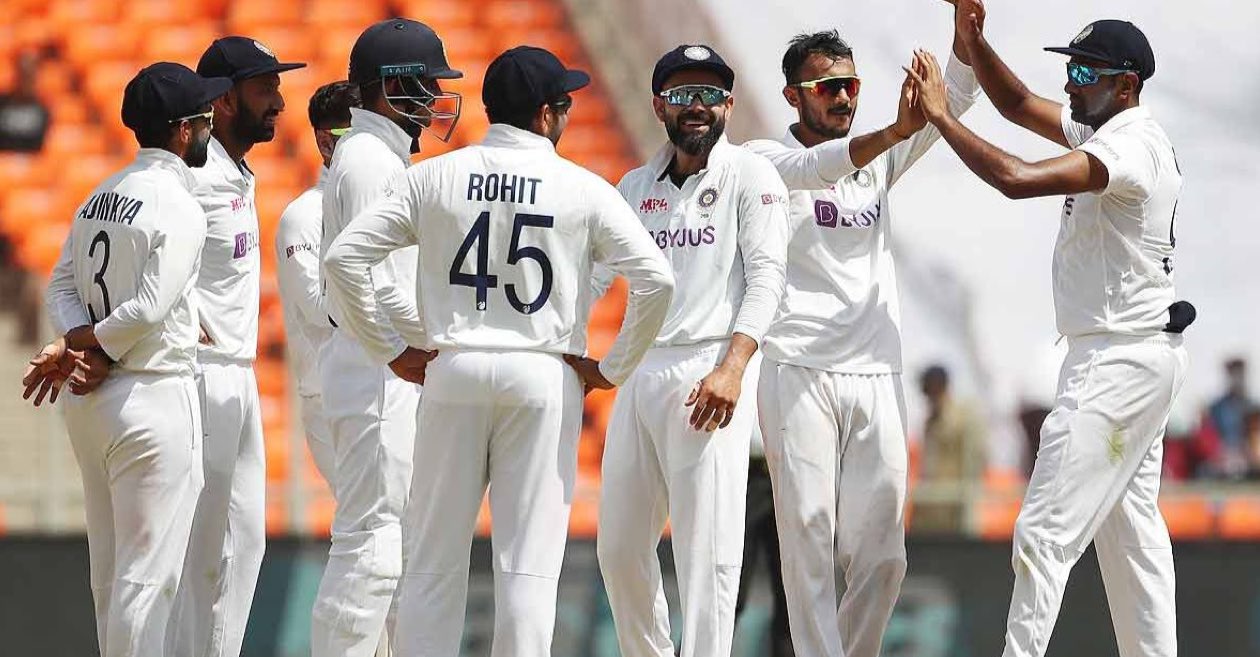The International Cricket Council (ICC) is gearing up for a significant change just weeks before the highly anticipated World Test Championship (WTC) final. They have decided to eliminate the controversial ‘soft signal’ rule, which will no longer be in effect for the final match between India and Australia in London. This move comes in response to widespread opposition from cricketers and experts who have consistently criticized the ‘soft signal’ rule.
“ICC should get rid of the soft signal and let the 3rd umpire who has all the technology make the decision when the on-field umpires send it upstairs, all the controversy is always around the soft signal given. This isn’t a comment on the decision FYI,” England’s red-ball skipper Ben Stokes had said after the controversial catch of Marnus Labuschagne during this year’s New Year’s Test between Australia and South Africa at the Sydney Cricket Ground (SCG).
On Day 1 of the match, the Proteas experienced a significant setback when Simon Harmer asserted that he had caught Labuschagne’s outside edge. The on-field umpires initially gave a ‘soft signal’ of out. However, upon review by the third umpire, Richard Kettleborough, the decision was overturned as he believed the ball had made contact with the ground instead. As a result, South Africa were denied a crucial wicket.
The Indian Premier League (IPL) scrapped the soft signal rule two years ago, and the ICC has finally followed suit.
According to ICC rules, a “Soft Signal is the visual communication by the bowler’s end umpire to the third umpire (accompanied by additional information via two-way radio where necessary) of his/her initial on-field decision prior to initiating an Umpire Review.”
The rule further states: “Should both on-field umpires require assistance from the third umpire to make a decision, the bowler’s end umpire shall firstly take a decision on-field after consulting with the striker’s end umpire, before consulting by two-way radio with the third umpire. Such consultation shall be initiated by the bowler’s end umpire to the third umpire by making the shape of a TV screen with his/her hands, followed by a Soft Signal of Out or Not out made with the hands close to the chest at chest height. If the third umpire advises that the replay evidence is inconclusive, the on-field decision communicated at the start of the consultation process shall stand.”
